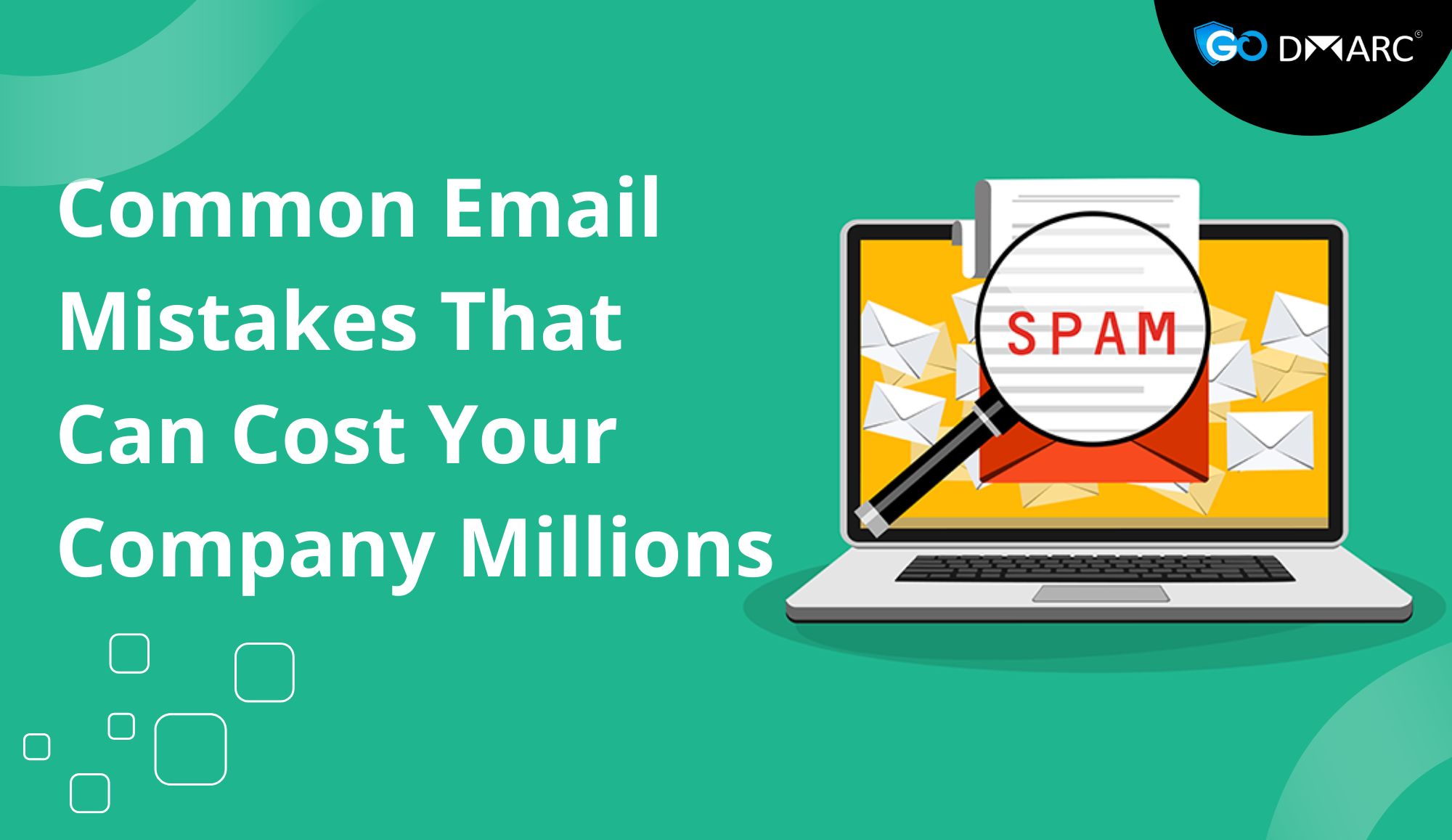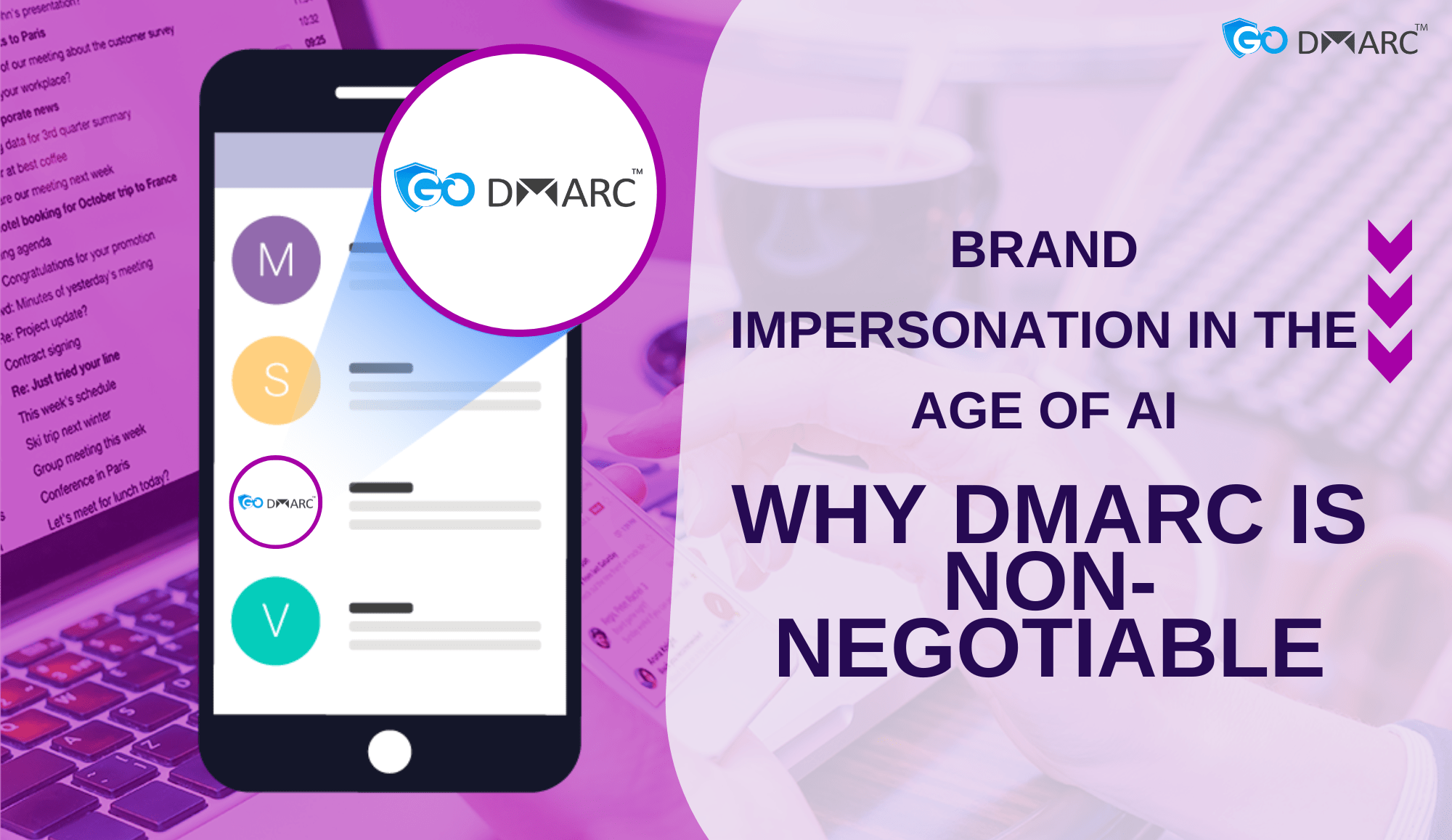Introduction
Email security is a critical concern in today’s digital landscape. With cyber threats such as phishing, spoofing, and email fraud on the rise, businesses and individuals must take proactive measures to protect their email communication. One essential security protocol that plays a significant role in email authentication is DomainKeys Identified Mail (DKIM).
DKIM helps prevent email spoofing and ensures that emails remain untampered during transmission. Implementing DKIM services strengthens an organization’s email security posture, enhances brand credibility, and improves email deliverability.
This blog will explore:
- What DKIM is and how it works
- The importance of DKIM services
- Benefits of using DKIM
- The role of DKIM in email authentication
- Best practices for implementing DKIM
- How DKIM integrates with DMARC and SPF
By the end of this article, you’ll understand why DKIM services are essential for secure email communication and how they contribute to an effective email authentication strategy.
What is DKIM?
DomainKeys Identified Mail (DKIM) is an email authentication protocol designed to prevent email spoofing by allowing email recipients to verify whether an email was genuinely sent by the claimed sender. DKIM uses cryptographic signatures to ensure that an email message has not been modified after being sent.
How Does DKIM Work?
- Generating a DKIM Key Pair
- DKIM works by using a public-private key pair. The sender’s email server generates a private key, which is used to sign outgoing emails.
- A corresponding public key is published in the sender’s DNS records.
- Adding a DKIM Signature to Emails
- When an email is sent, the sender’s mail server adds a DKIM signature to the email header.
- The signature contains a cryptographic hash value, which is generated using the private key.
- Receiving Mail Server Verification
- The recipient’s email server retrieves the sender’s public key from the DNS records.
- It uses this key to decrypt the DKIM signature and verify whether the email was modified during transit.
- If the signature is valid, the email is considered authentic and trustworthy.
Why Are DKIM Services Important?
1. Prevents Email Spoofing and Phishing Attacks
Email spoofing is a common tactic used by cybercriminals to send fake emails that appear to come from legitimate sources. DKIM prevents this by ensuring that only authenticated senders can send emails on behalf of a domain.
2. Enhances Email Deliverability
Email providers like Gmail, Outlook, and Yahoo prioritize authenticated emails. If an email lacks authentication, it is more likely to be marked as spam. DKIM helps improve email deliverability by proving the authenticity of emails.
3. Protects Brand Reputation
A compromised email domain can damage a company’s reputation. If hackers send fraudulent emails using your domain, recipients may lose trust in your brand. DKIM protects brand identity by preventing unauthorized use of a domain.
4. Ensures Message Integrity
DKIM ensures that emails remain unchanged during transmission. If an email is altered after being sent, the DKIM signature will not match, and the email will fail authentication.
5. Works in Combination with SPF and DMARC
DKIM is a part of a broader email authentication framework that includes SPF (Sender Policy Framework) and DMARC (Domain-based Message Authentication, Reporting & Conformance). These protocols work together to create a robust defense against email fraud.
How to Implement DKIM for Your Domain
Step 1: Generate a DKIM Key Pair
Most email service providers (ESP) such as Google Workspace, Microsoft 365, and other third-party email services provide an option to generate a DKIM key pair.
Step 2: Add the DKIM Public Key to Your DNS Records
Once the key pair is generated, the public key needs to be added to the domain’s DNS settings as a TXT record.
Step 3: Enable DKIM in Your Email Server
After publishing the DKIM key, enable DKIM signing in your email server settings. This ensures that all outgoing emails are signed with the DKIM private key.
Step 4: Test and Verify DKIM Configuration
Use online tools to check DKIM status and ensure that emails are correctly signed. Some popular DKIM check tools include:
- MXToolbox
- Google Admin Toolbox
- DKIMValidator
Step 5: Monitor DKIM Performance
Regularly monitor DKIM reports and logs to ensure that it is functioning correctly.
Benefits of Using DKIM Services
1. Improved Email Security
DKIM services add an extra layer of security to email communications, reducing the risk of phishing and spoofing attacks.
2. Higher Email Inbox Placement
With DKIM-enabled emails, the chances of landing in the recipient’s inbox instead of the spam folder increase significantly.
3. Compliance with Industry Standards
Many regulatory frameworks require organizations to implement email authentication to comply with security best practices.
4. Better Email Analytics and Reporting
When used alongside DMARC, DKIM provides valuable insights into email delivery and authentication failures.
Best Practices for Using DKIM
✅ Use 2048-bit Keys Instead of 1024-bit
A 2048-bit DKIM key is more secure and recommended by major email providers.
✅ Rotate DKIM Keys Periodically
Regularly updating DKIM keys minimizes the risk of compromise.
✅ Use Multiple DKIM Selectors
Different selectors for different email services prevent conflicts and ensure smooth email authentication.
✅ Implement DMARC Alongside DKIM
DMARC helps enforce DKIM policies and provides reports on email authentication performance.
✅ Regularly Check DKIM Status
Use tools to check DKIM records and ensure they are correctly configured.
DKIM vs. SPF vs. DMARC: How Do They Work Together?
| Feature | DKIM | SPF | DMARC |
|---|---|---|---|
| Purpose | Verifies email integrity | Specifies allowed email senders | Defines policies for email authentication |
| How It Works | Uses cryptographic signatures | Uses DNS records to define allowed senders | Uses SPF & DKIM to enforce authentication |
| Prevents | Email tampering | Spoofing via unauthorized servers | Phishing and domain abuse |
| Dependency | Requires DNS TXT record | Requires DNS TXT record | Relies on DKIM and SPF |
A combination of DKIM, SPF, and DMARC provides a multi-layered defense against email fraud.
Common DKIM Issues and Troubleshooting
❌ DKIM Signature Mismatch
Occurs if the email is modified after being sent. Check email headers to identify any changes.
❌ DKIM Record Not Found
Ensure the DKIM TXT record is correctly published in the DNS.
❌ Weak DKIM Key Length
Use a 2048-bit DKIM key instead of the outdated 1024-bit key.
❌ Emails Still Going to Spam
Even with DKIM, emails may land in spam if SPF and DMARC are not properly configured. Check DKIM settings and implement DMARC policies.
Conclusion
DKIM services play a vital role in securing email communication by preventing email spoofing, ensuring message integrity, and improving email deliverability. Organizations that implement DKIM alongside SPF and DMARC can effectively safeguard their email domains from cyber threats.
Regularly check DKIM status, rotate DKIM keys, and monitor authentication reports to maintain a secure email infrastructure. By following best practices and ensuring proper DKIM implementation, businesses can enhance their email security and maintain a trustworthy sender reputation.
Secure your emails today—enable DKIM and protect your domain from email fraud!




